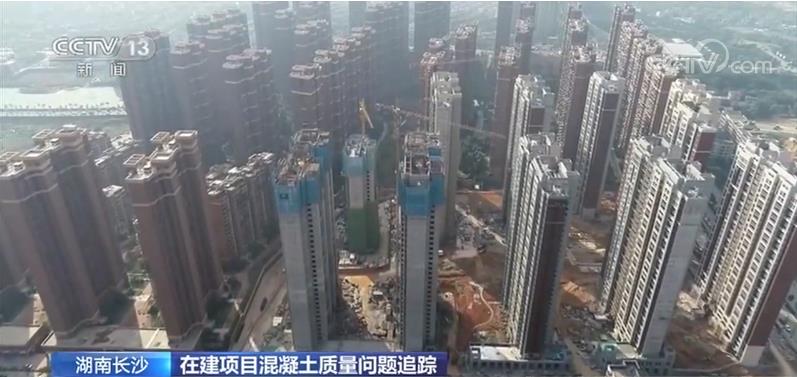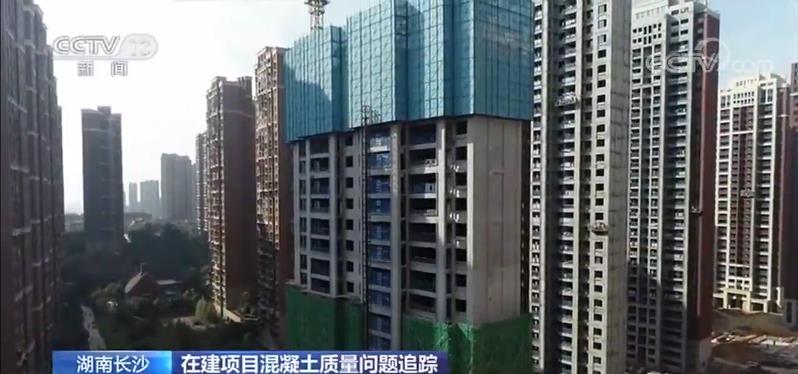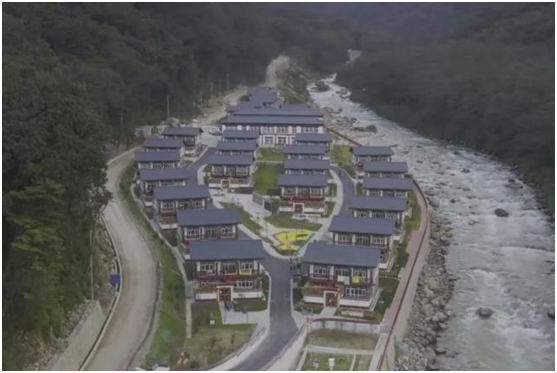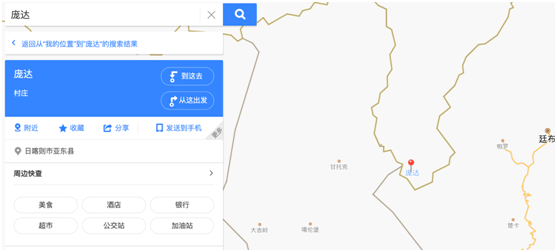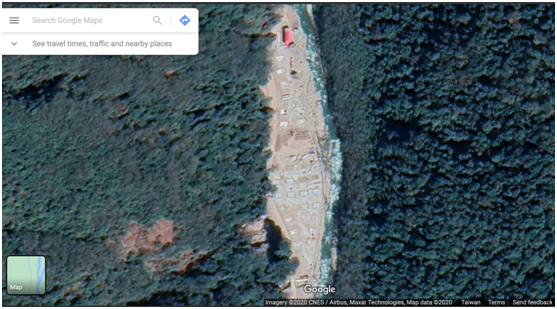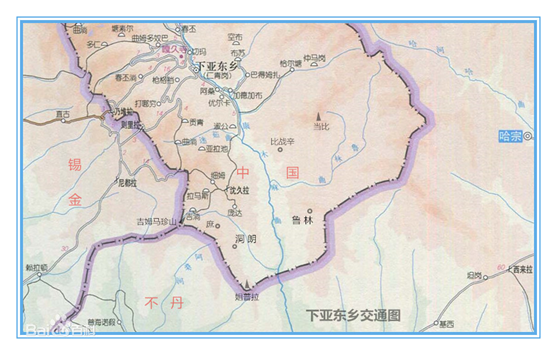The introduction of provident fund personal housing loans and the withdrawal of New Deal loans in Beijing are linked to the payment period.
On September 13th, 2018, Beijing Housing Provident Fund Management Center released the Notice on Adjusting the Individual Housing Loan Policy of Housing Provident Fund and the Notice on Implementing streamline administration, delegate power, strengthen regulation and improve services, Optimizing the Business Environment and Improving the Service Level of Housing Provident Fund Collection. According to the latest provident fund loan and withdrawal policy, starting from September 17, 2018, Beijing’s municipal provident fund will "recognize the house and recognize the loan", and the deposit amount will be linked to the deposit period.
The relevant person in charge of the Beijing Housing Provident Fund Management Center said that this policy adjustment adheres to the policy nature of housing provident fund loans, strictly adheres to the loan conditions, and focuses on supporting the families of paid employees who purchase the first set of housing and use personal housing loans for the first time; It also further improves the level of risk prevention from three aspects: adjusting the loan period, repayment amount and guarantee method.
You can borrow 100,000 yuan for each deposit year.
In the past, the maximum amount of provident fund loans was 1.2 million yuan, and the length of deposit time would not affect the amount; However, the New Deal linked the loan amount to the deposit period of the housing provident fund of the borrower. The relevant person in charge of the Beijing Housing Provident Fund Management Center said that in order to reflect the fairness and impartiality of the system, a loan of 100,000 yuan can be made every year, with a maximum loan of 1.2 million yuan. If the loan applicant is married, it shall be calculated by the spouse who has paid for a long period of time.
In addition, if the deposit period is less than 1 whole year, it will be calculated as 1 whole year. For example, if the deposit period is 13 months, it will be counted as two years, and the loan can be 200,000 yuan.
In other words, if you are a 22-year-old college graduate and start to pay the provident fund after taking office, under normal circumstances, you need to pay more than 11 years for a loan of 1.2 million, which is 34 years old. "This is mainly to guide citizens to reasonable housing consumption, rent first and then buy, and implement’ rental and purchase simultaneously’." The person in charge said.
From September 17th, Beijing Provident Fund personal loans became the same as commercial loans: "housing" refers to the housing of the borrower in Beijing, and "loan" refers to the national personal housing loan records in the People’s Bank of China credit information system, including commercial housing loan records and housing provident fund personal housing loan records.
In other words, if the loan applicant has no housing loan record and no housing in this city, it will be handled according to the first home loan policy; Anyone who does not belong to the first suite and is approved as a second suite shall be handled according to the second suite loan policy; If it is approved that there are two or more houses, no loans will be granted.
At the same time, the maximum loan amount for second-home loans has also been lowered from 800,000 yuan to 600,000 yuan. Generally speaking, if you are judged as a "second suite" after "recognizing the house and recognizing the loan", you will face a decrease in the loan amount and an increase in the down payment ratio compared with the past. At the same time, the down payment of "Puzhai" is adjusted to at least 35%.
The maximum household registration in the east and west cities has risen by 200,000.
The loan amount will be differentiated in addition to being linked to the deposit period. The relevant person in charge of the Beijing Housing Provident Fund Management Center said that the implementation of differentiated loan quotas is also to implement the relevant requirements of Beijing’s overall urban planning. For families who purchase houses in the sixth district of the city and buy houses outside the sixth district of the city and are the first suite, the maximum loan quota can be raised on the basis of 1.2 million yuan.
Specifically, if the borrower’s household registration is in Dongcheng District or Xicheng District of Beijing, the maximum loan amount can be increased by 200,000 yuan to 1.4 million yuan when purchasing the first house outside the six districts of the city; If the household registration is in Chaoyang, Haidian, Fengtai and Shijingshan District, the maximum loan amount can be increased by 100,000 yuan to 1.3 million yuan if the first home is purchased outside the six districts of the city.
Older applicants also need to pay attention to the changes in the loan period. Previously, the longest loan period of provident fund personal loans can be calculated to the borrower’s 70 years old; Now it is adjusted to the maximum age of 65 in principle. For example, if the applicant is over 55 years old, the maximum loan period used to be 15 years, but now it will be reduced to 10 years.
The monthly repayment amount of provident fund loans has also been greatly adjusted: on the premise of ensuring the basic living expenses of the borrower, according to the loan amount, term and applicable interest rate applied by the borrower, the monthly repayment amount calculated by the equal principal and interest repayment method does not exceed 60% of the monthly income of the borrower.
"Monthly repayment amount not exceeding 60% of monthly income" will affect the loan amount. If a single borrower uses the provident fund loan for 1.2 million yuan for 25 years, the annual interest rate of the loan is 3.25%, and the monthly payment of the equal principal and interest is 5848 yuan. According to the New Deal, the monthly income should reach at least 11,230 yuan, including the basic living expenses.
Restrictions on the purchase of houses in different places
"Although it has been realized to purchase houses in different places to withdraw the provident fund, a large number of forged materials have also been found to defraud the provident fund." The relevant person in charge of the Beijing Housing Provident Fund Management Center said that in practice, many applicants were found to have forged property certificates, household registration books, identity cards, purchase contracts and even government websites.
To this end, the New Deal will also standardize the purchase and withdrawal business, and it is no longer necessary to purchase housing in any city to withdraw the provident fund in Beijing. It is reported that in addition to the purchase of housing located in the administrative area of Beijing, it is limited to the purchase of housing in the county, city or provincial capital city where the household registration is located, and the housing provident fund can be purchased. For example, if the purchaser’s household registration is in Zhangjiakou City, Hebei Province, he can only withdraw the provident fund if he buys houses in Beijing, Zhangjiakou and Shijiazhuang. If the person buys a house in Langfang, such as Beisan County, he cannot withdraw the provident fund.
It should also be noted that if the depositor and spouse of the housing provident fund have records of house purchase withdrawal in the administrative area of Beijing, they cannot apply for house purchase withdrawal in different places.
For migrant workers to terminate the labor relationship with their units, if the household registration is local, it shall be handled in accordance with the provisions on the extraction of local household registration personnel; If the household registration is from other places, if you go to other provinces and cities because of work changes and have established housing provident fund locally, you can apply for the transfer of housing provident fund in different places; If the housing provident fund has not been established locally, the payer of the housing provident fund may cancel the account when he is 55 years old for men and 50 years old for women.
In the future, the city will also increase penalties for illegal withdrawal of provident fund. For employees who illegally withdraw housing provident fund, the management center immediately freezes their housing provident fund accounts, orders them to fully refund the amount illegally withdrawn, records personal information in the bad information database, and refuses to apply for housing provident fund withdrawal or accept housing provident fund loan applications within five years from the date of discovery of violations. At the same time, it also copied the bad information to the Municipal Administration for Industry and Commerce, the Municipal Economic and Information Committee and other departments in accordance with the law, and implemented joint punishment. If the personal housing provident fund account is transferred to a different place, the bad records extracted illegally will be transferred with the personal account.
Authoritative answer
1. Can I withdraw the provident fund if I have purchased a foreign house and made the first withdrawal?
A: According to the new regulations, only when you buy a house in the place where your household registration is located or in the provincial capital city can you apply for a house purchase in a different place to withdraw the provident fund. If you have already purchased a foreign house and handled the first withdrawal, you will withdraw it normally according to the original policy.
2. Is the execution time based on online signing or loan application?
A: The New Deal will be implemented on September 17, 2018. If it has been signed online before, it will be implemented according to the original regulations.
3. Can I get a loan of 1.2 million yuan after 12 years of deposit?
A: 1.2 million is only the maximum amount. The actual approved loan amount is also related to the monthly deposit amount, the maximum loan percentage, and the proportion of monthly repayment amount to monthly income.
4. Can the registered employees in the six districts of the city enjoy the "quota floating policy" if the deposit period has not reached 12 years?
A: It can be increased on the basis of the loanable amount calculated according to the actual deposit period, but the monthly repayment amount cannot exceed 60% of the monthly income.
5. Does the "floating quota policy" apply to married employees?
A: If one of the husband and wife is registered in the sixth district of the city and the other is registered outside the sixth district of the city, buying a house outside the sixth district of the city will not enjoy the floating; If one of the husband and wife has a household registration in Dongxi District and the other has a household registration in Chaoyang District, Haidian District, Fengtai District and Shijingshan District, they can buy a house outside the six districts of the city and enjoy a floating rate of 100,000 yuan; If both husband and wife are registered in the east and west urban areas, they can buy houses outside the six urban areas and enjoy a floating rate of 200,000 yuan. If a single person buys a house outside the six districts of the city, the registered employees in the east and west cities will enjoy a floating rate of 200,000, and the registered employees in Chaoyang District, Haidian District, Fengtai District and Shijingshan District will enjoy a floating rate of 100,000.




